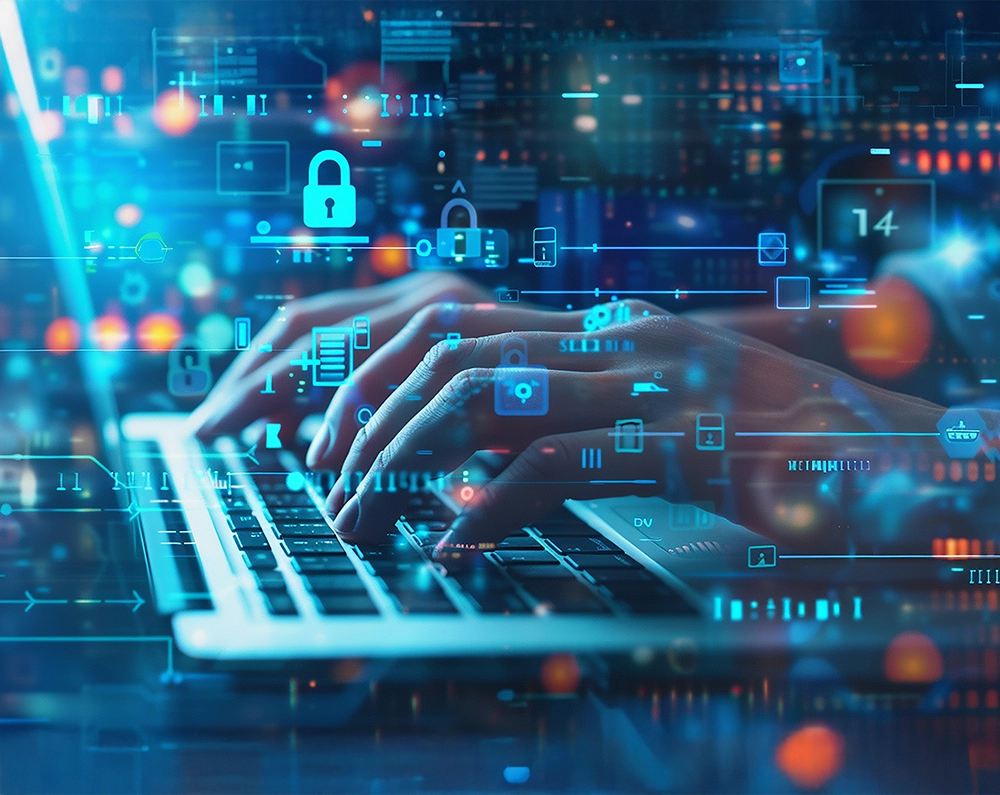

Table of Content
- What is Malware?
- Recent Developments and Trends in Malware attacks
- Different Types of Malware That Can Infect Your System?
- How Does Malware Manifest?
- What are The Means of Deploying a Malware Attack on Unsuspecting Users?
- Advanced Malware Techniques
- What is the Intent of Malware?
- Key Solutions to Protect Yourself from Malware attacks
- Why CTOs and CIOs Must Not Ignore the Impending Threats to Their Systems from Malware.
- How do we at Korcompetenz Protect your Digital Assets?
- FAQs About Malware
What is Malware?
Recent Developments and Trends in Malware attacks
Different Types of Malware That Can Infect Your System?
How Does Malware Manifest?
What are The Means of Deploying a Malware Attack on Unsuspecting Users?
- Phishing attacks: Malware is injected into an unsuspecting user’s computer device by means of malicious emails or ads that encourage a user to download files or click on links that automatically download and install malicious software designed to gain unauthorized access, damage the system, or disrupt services that a system provides.
- Social Engineering is a method of tricking users by engaging with them in conversations, eventually leading the user to install the malware on their systems.
- Infected Websitesand unintentional downloads: Malware is found on many infected websites that install malicious software into your system when you visit them. They are also transmitted into your system when you click on malicious click-baits and unverified downloads that may contain harmful software that will compromise your system.
- Removable Media: Removable media, such as disks and infected USB drives, can transmit malicious software into your system. Hackers also leave infected pen drives in a common area with an enticing label on them so unsuspecting users can try them on their computer systems and subsequently get infected with malware.
- Software packages from third-party vendors: Users downloading software packages from unknown or unverified third-party websites risk infection by malware injected into the software bundles.
- File sharing and Torrents:Downloading data from peer-to-peer file-sharing applications or websites can increase the risk of malware infection. Pirated website content can also contain malware and expose your computer systems to threats and vulnerabilities.
- Malvertising: Real and legitimate ad networks can be taken over to deliver malware through ads.
Advanced Malware Techniques
- Modern malware is insusceptible to most anti-malware software as it is encrypted and polymorphous to evade detection by security software.
- Malware is known to exist in a fileless state, which means it resides in RAM to avoid detection. It is an evolved and advanced malware known to attack computers from within its core regions.
What is the Intent of Malware?
- Stealing data: Hackers compromise systems to steal data such as identities, sensitive documents, and financial information such as credit card numbers.
- Disruption: Malware includes ransomware, which encrypts computer systems and locks critical files. As the attackers demand, they will only hand over the keys to these files upon ransom payment.
- Damage: Destruction of files or deletion is done as a part of sabotaging the capabilities of an organization or an individual.
- Resource Exploitation: Infected devices are used for botnets and crypto mining.
Key Solutions to Protect Yourself from Malware attacks
Why CTOs and CIOs Must Not Ignore the Impending Threats to Their Systems from Malware.
Industry Specific Use Cases:
How do we at Korcompetenz Protect your Digital Assets?
So, contact us as soon as possible to secure your organization’s system framework and stay ahead of threats that could disrupt your services.

FAQs About Malware
How does malware spread?
Malware is commonly spread through e-mail attachments, infected websites, malicious downloads, vulnerabilities in software and through removable media like USB, and other media.
What are the signs of having malware in my computer?
Slower system processes, unknown pop-up ads, unauthorized changes to files, unexplained redirects to suspicious websites, and frequent system crashes are some of the signs that your system is affected by malware.
What is Ransomware and how does it work?
Can malware steal my personal information?
What should I do if my computer gets infected with malware?
- Disconnect from the internet to block the malware from spreading.
- Run an antivirus program to scan for malware.
- If the malware is found, remove it.
- If the malware continues to exist, run a malware removal program or seek professional help.
How can I protect my devices from malware attacks?
What industries are most targeted by malware attacks?
How does AI impact malware attacks and cybersecurity?
What is the Zero Trust Model, and how does it help prevent malware infections?
What are some of the most recent malware attacks, and what lessons can we learn from them?
Some of the most Famous mentions include Codefinger ransomware, a popular ransomware attack on Amazon Web Services, and attacks on the education sector in the US due to a hack on Power Schools software.
And another is the Medusa Ransomware which is a form of ransomware that deploys its attack by phishing schemes to breach targets and by exploiting vulnerabilities in the system framework. The FBI and CISA have reported over 300 incidents relating to the Medusa ransomware.
The lessons we learn from such attacks are to stay secure by investing in a robust cybersecurity system which includes software programs and best practices to be followed in organizations by creating awareness about cybersecurity and its importance.
Share this article
Use AI to summarize this article




